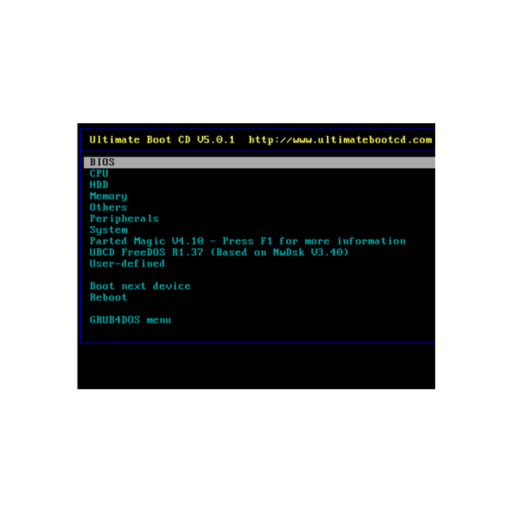

Choose a system architecture for your Windows 10 USB.Click “Create installation media for another PC” and click “Next”. When the Media Creation Tool boots, it’ll ask you to choose whether to create installation media this PC or another one. Use the Windows 10 bootable USB tool to create media for another PC.Click the relevant “Download tool now” button and open the file. Once there, decide if you want your Windows 10 boot stick to install a 32 or 64-bit version of the OS (64-bit is a safe bet for most people). The Windows 10 Media Creation Tool can be grabbed from Microsoft’s official site, and you shouldn’t obtain it from anywhere else. Download the Windows 10 Media Creation Tool.The Media Creation Tool cuts out some of the licensing annoyances in the setup process. This is the Microsoft-recommended route to put Windows 10 on a USB drive, and for good reason.


 0 kommentar(er)
0 kommentar(er)
